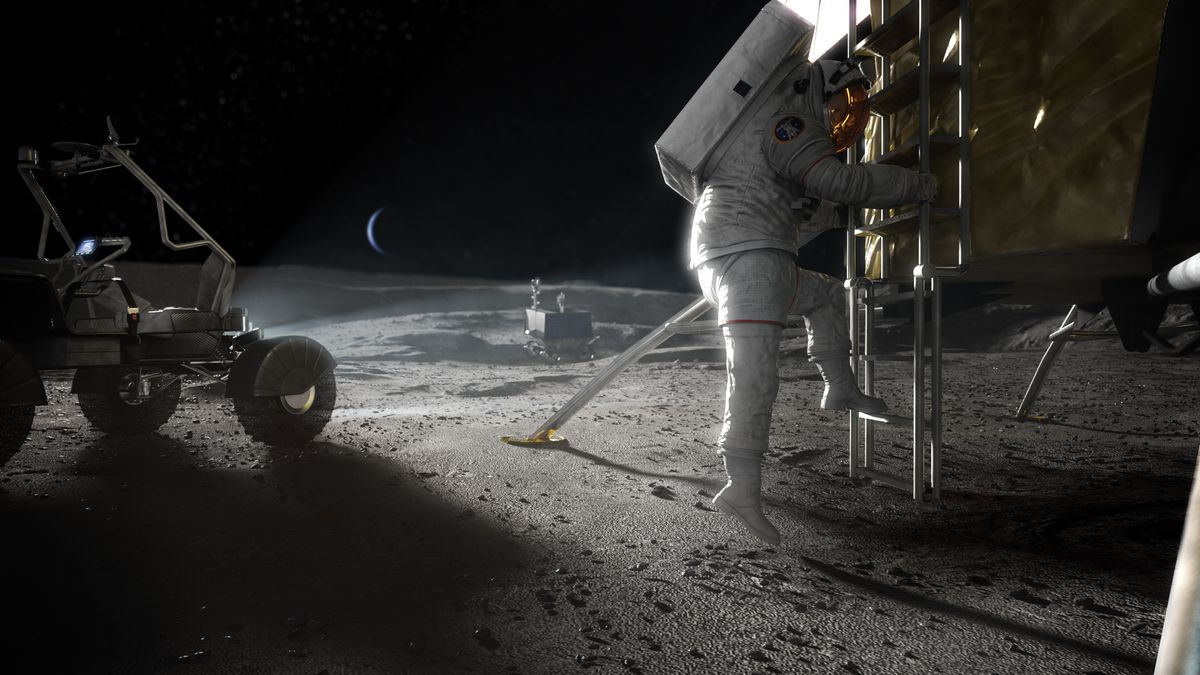Now Reading: Ted Cruz Proposes $10 Billion Boost for NASA’s Moon and Mars Missions
-
01
Ted Cruz Proposes $10 Billion Boost for NASA’s Moon and Mars Missions
Ted Cruz Proposes $10 Billion Boost for NASA’s Moon and Mars Missions

Rapid Summary
- U.S. Senator Ted Cruz unveiled legislative directives for Senate Republicans’ budget reconciliation bill prioritizing competition with China in space exploration,notably Mars and teh Moon.
- Nearly $10 billion in supplemental funding is proposed for fiscal year 2025, focusing on NASA’s Artemis lunar program, Mars telecommunications systems, the International Space Station (ISS), and infrastructure upgrades at key NASA centers.
- Funding allocations include:
– $700 million for a dual-use Mars Telecommunications Orbiter supporting future crewed missions and sample-return campaigns.
– $2.6 billion for NASA’s moon-orbiting Gateway space station under its Artemis architecture.
– $4.1 billion for Space Launch System (SLS) rockets to support Artemis missions 4 and 5.
– $20 million for Orion capsule development tied to these mission plans.
– $1.25 billion over five years to sustain ISS operations until its planned phase-out in 2030.
– $325 million for a U.S.-built Deorbit Vehicle designed by SpaceX to safely retire the ISS when operational life ends.
- Additional funds totaling $1 billion are earmarked for infrastructure repairs at NASA’s human spaceflight centers including Kennedy ($250M), Johnson ($300M), Stennis ($120M), Marshall ($100M), and Michoud assembly Facility ($30M).
You can read further details about this proposal here.
Indian Opinion Analysis
the proposed legislation underscores how geopolitical rivalries extend into outer space exploration, particularly between the U.S.A. and China-a phenomenon India has also encountered as it advances its own programs like Chandrayaan and Gaganyaan under ISRO’s leadership. A more assertive financial commitment by nations such as America could deepen competition globally while indirectly encouraging collaboration in areas of mutual interest like research or disaster monitoring.
India’s growing foothold in space research remains within reach of budgets considerably smaller than those allocated by larger economies like the U.S.A., demonstrating strategic resourcefulness through innovation-oriented initiatives rather than reliance solely on capital-heavy projects.While such developments may not directly impact India’s immediate agenda priorities (e.g., expanding satellite capabilities or preparing orbiters beyond Earth-Moon trajectories)-any important progress made through this multidisciplinary rivalry would ultimately produce high-level benchmarks pulling science forward globally-inclusive fields economic sharedkind earth-purpose-driven_age etc-game directives contexts beyond segmentation====
























